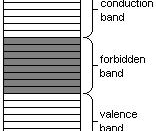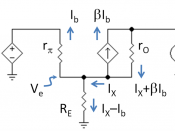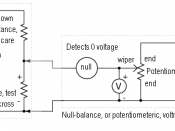Metals are good conductors of electrical current as they contain free electrons that are free to move about or flow and therefore carry and transfer energy as a current, Current is the measure, in amperes, of the rate of flow of electrical charge through a circuit. All circuits / components have resistance making it difficult for charge to flow through, the electrons make many collisions with the ions as they move through the circuit, in places with low resistance, the electrons move more freely, as they make fewer collisions. Resistance is a measure of how hard it is to move electrons through a wire. Resistance is a property of an electric circuit or part of a circuit that transforms electric energy into heat energy in opposing electric current. Resistance involves collisions of the current-carrying charged particles with fixed particles that make up the structure of the conductors.
This diagram shows that the ions of the metal are surrounded by 'free' electrons, the ions can only vibrate about their fixed positions but they are free to move randomly from one ion to another.
When a battery is attached, as show in the diagram, free electrons are repelled by the negative terminal and attracted to the positive one. They therefore move in the same direction and current is formed.
The factors affecting resistance are:
- Temperature; when a wire is heated, the atoms in the wire vibrate because of their increased energy. This causes more collisions, and collisions slow the rate of flow of electrical charge through the circuit, and so cause more resistance.
- Material; the type of material affects the amount of free electrons which are able to flow through the wire. The more electrons in the material the lower the resistance would be, but if the atoms are in...


